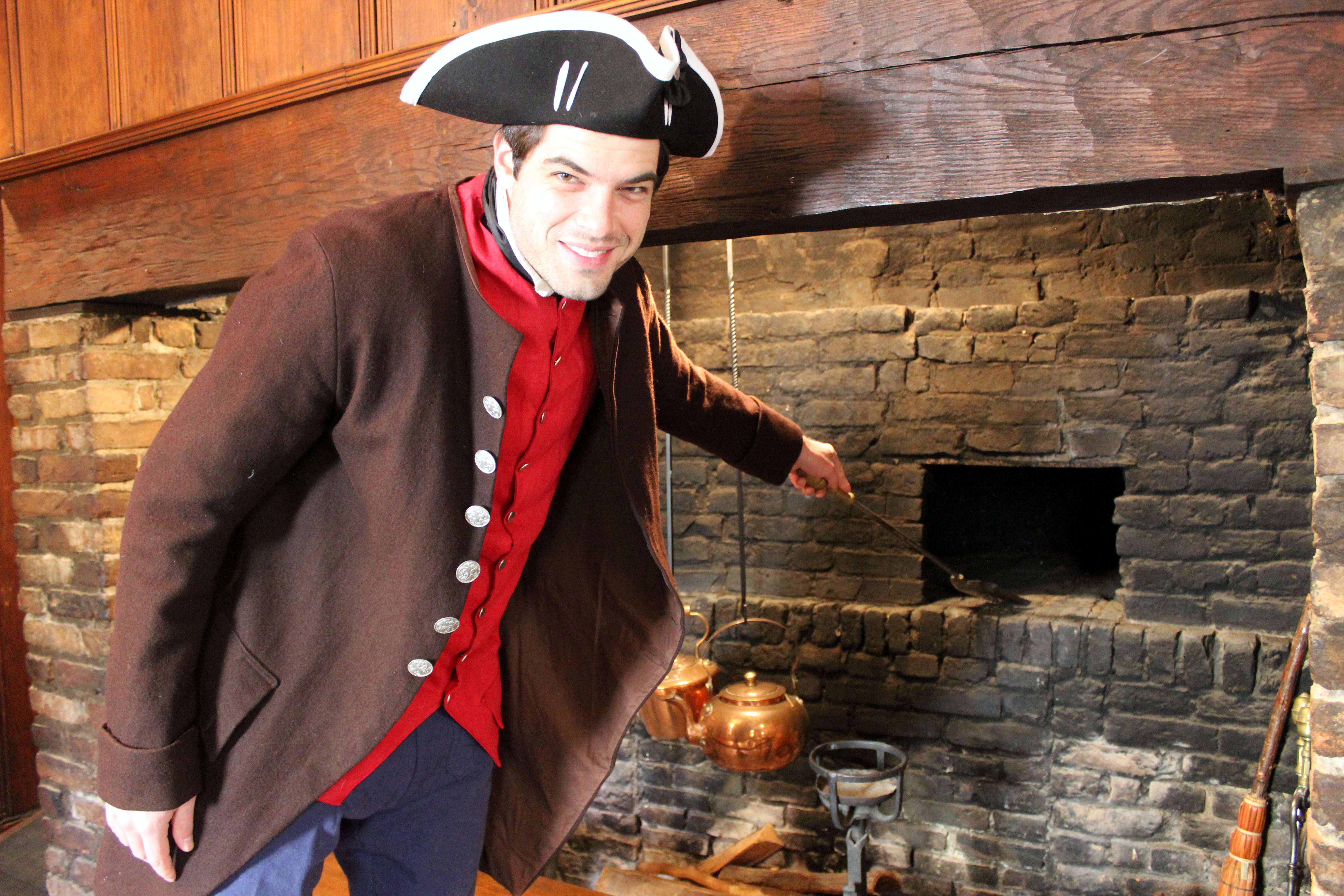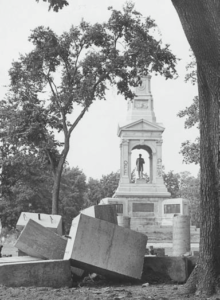First Resident in “A More Goodly Country”
By Michael Kenney, 2013
“This much I can affirm in general, that I never came to a more goodly country in my life,” wrote Thomas Graves shortly after his arrival in the Bay Colony in 1629. He was a planner and, after laying out Charlestown, was rewarded with the grant of some hundred acres of upland on a drumlin in what is now East Cambridge.
Graves is credited with being the first resident of Cambridge, having built a house there for his family and cultivated the fields. “The island-like section,” wrote Albert P. Norris in the Proceedings for April 1933, “must have been the most attractive farm and home site hereabouts.”
It was, as Graves put it, “very beautifull in open lands, mixed with goodly woods, and again open plaines.” He continued, “Not too much troublesome for to cleere for the plough to go in, no place barren, but on the tops of the hils, the grasse and weeds grow up to a man’s face, in the lowlands and by fresh rivers aboundance of grasse and large meddowes without any tree or shrubble to hinder the [scythe].”
The Records of the Massachusetts Bay Colony for March 6, 1632, report, “First it is agreed that all the lands impaled by Newe Towne men with the Necke thereunto adjoining whereon Mr. Graves dwelleth shall belong to said Newe Towne.”
Graves moved on after several years – “when, why or where we do not know,” wrote Thomas F. O’Malley in the Proceedings for April 1922. But, he continued, Graves “left behind him a substantial house and cultivated lands” which became the property of Atherton Hough, whom O’Malley described as “a man of means,” acquiring an additional two hundred or so acres before moving to Boston. In 1706, the land was sold to Spencer Phips, lieutenant-governor of the colony from 1732 until his death in 1757. Subsequently, it was acquired by Richard Lechmere, but because he was a Loyalist, it was confiscated during the Revolution.
In Graves’s time, the area was known as Graves’s Neck. The house was demolished about 1820, and his name has since disappeared from the city’s street records. It survives, however, in Thomas Graves Landing, condominiums in Canal Park.





